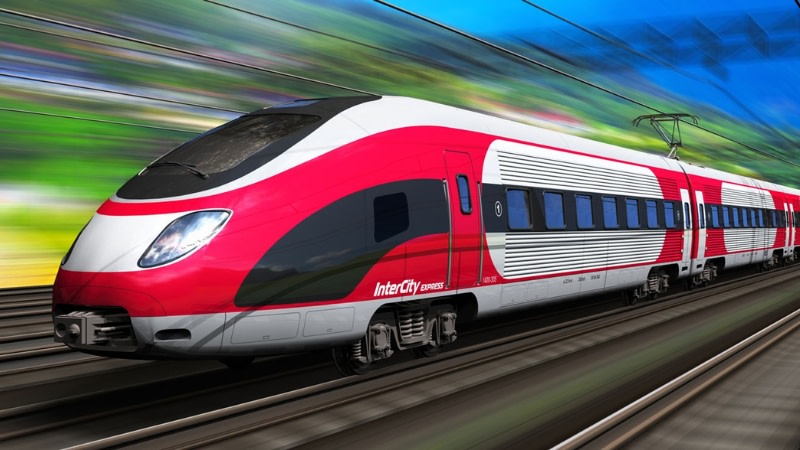Resources
Newsletter
Stay up to date and with the latest news, projects, deals and features.
Subscribe
The Federal Government has now provided $78.8 million in funding for a business case for high-speed rail between Sydney and Newcastle in New South Wales.
High-speed rail has been discussed for several years as a means of providing cheaper, faster travel between cities in Australia and providing economic development for regional hubs.
Cost however has always been a concern.
The High Speed Rail Authority (HSRA) will provide a business case to the Government by the end of 2024.
It is expected that the business case will include proposed alignments, station locations, train types and the estimated cost and timeframe for constructing the line.
The Federal Government committed $500 million to the early stages of developing high-speed rail in the 2022 Budget.
In late 2023, the Government also released the outcome of the independent strategic review of the Infrastructure Investment Program (IIP), which resulted in several projects missing out on further funding and some defunded completely.
What was key to notice amongst many projects on the list was that at that time high-speed rail projects failed to receive more funding.
Further federal funding beyond any that had already been provided was not on the cards for the Geelong Fast Rail project or the Sydney to Newcastle—Tuggerah—Wyong faster rail upgrade project.
But the Brisbane to Gold Coast (Kuraby—Beenleigh Faster Rail Upgrade) project was given an extra $1.754 billion in federal funding through the IIP for a total of $2.875 billion.

The High Speed Rail Authority was first set up in June 2023 with Tim Parker recently appointed as its chief executive.
As reported in other media, Parker noted that the first stage of a national high-speed rail project had always been to connect Sydney to Newcastle via Gosford and that it was difficult terrain but possible.
“It’s a difficult alignment and that’s why it hasn’t been done for a while,” Parker said.
“But, yes, it is feasible, and I think it’s certainly achievable.”
He also estimated that it could cut travel time down to an hour between Sydney and Newcastle and under four hours between Sydney and Melbourne.
Parker also confirmed that magnetic levitation (maglev) was not being considered as a possible train type and that while it was possible that some sections of the track would be shared with existing railway lines, much of it was likely to be part of a standalone high-speed network.
High-speed railways are likely to influence development in regional hubs that are designated stations within the network as it opens up the ability for commuters and tourists to travel fast from one location to another.
This then opens up opportunities to develop residential, retail and commercial sites that become more desirable as faster train networks open up.